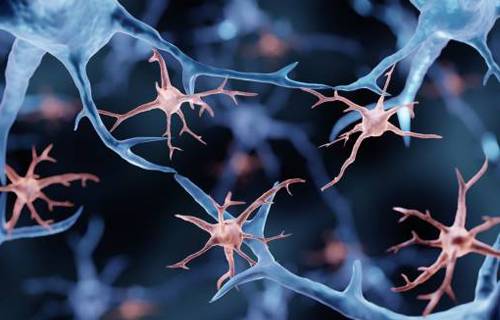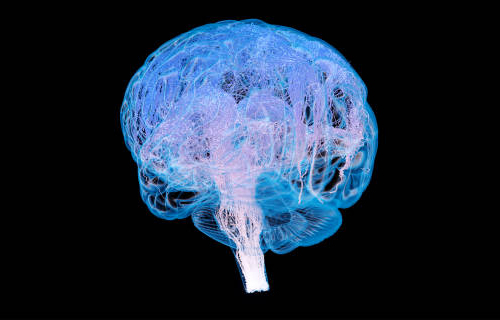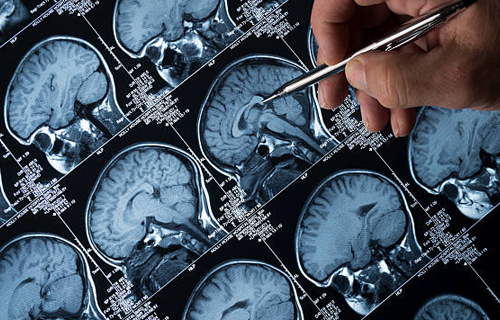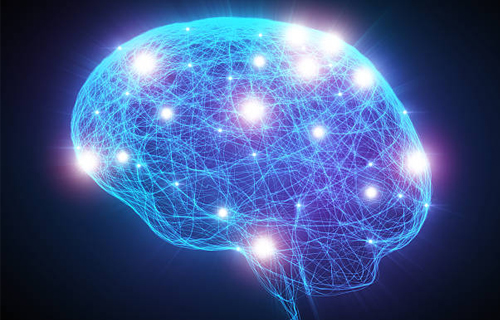
Glial cells, also known as neuroglia, are non-neuronal cells that support and protect neurons in the nervous system. They play a crucial role in maintaining the nervous system’s homeostasis and regulating the neurons’ activity. While neurons have been the primary focus of research on neurological disorders, recent studies have shed light on the vital role of glial cells in the pathophysiology of neurological disorders. In this article from the neuroscience network, we discuss the role of glial cells in the pathophysiology of neurological disorders and how to target them for therapeutic interventions.
Types of Glial Cells and Their Functions
In addition to oligodendrocytes, astrocytes, and microglia, other types of glial cells in the pathophysiology play essential roles in the CNS. For example, ependymal cells line the brain’s ventricles and produce cerebrospinal fluid (CSF), which provides a protective cushion for the brain and spinal cord. Tanycytes are specialized ependymal cells that line the third ventricle’s walls and regulate appetite and metabolism.
Another type of glial cell, the radial glia, plays a crucial role in developing the nervous system. During embryonic development, radial glia act as scaffolds that guide the migration of neurons to their appropriate locations in the brain. In addition, radial glia differentiates into astrocytes and oligodendrocytes, contributing to the myelination and maintenance of neurons in the CNS.
There are also specialized glial cells in the pathophysiology of the peripheral nervous system (PNS), including Schwann cells and satellite cells. Schwann cells myelinate axons in the PNS, similar to oligodendrocytes in the CNS, and are involved in regenerating peripheral nerves after injury. Satellite cells are similar to astrocytes in the CNS, providing support and nourishment to neurons in the PNS.
In conclusion, the diverse types of glial cells in the CNS and PNS play critical roles in the nervous system’s maintenance, protection, and function. Advances in understanding the processes of different types of glial cells have led to the development of new therapeutic approaches for neurological disorders that target these cells. Further research in this area holds promise for improving our understanding of the underlying mechanisms of neurological disorders and developing effective treatments for these devastating diseases.

Glial Cells in Neurological Disorders
In addition to MS, Alzheimer’s disease, and Parkinson’s, glial cells have also been implicated in other neurological disorders, including epilepsy, traumatic brain injury, and stroke. In epilepsy, astrocytes and microglia contribute to the development of seizures by altering the balance of excitatory and inhibitory neurotransmitters in the brain. In traumatic brain injury, microglia and astrocytes are involved in neuroinflammation, contributing to secondary brain damage. In stroke, astrocytes and microglia play a role in the inflammatory response that occurs after a stroke, which can lead to further neuronal damage.

Recent studies have also suggested that glial cells in the pathophysiology may play a role in neuropsychiatric disorders such as depression, anxiety, and schizophrenia. For example, astrocytes have been shown to regulate the levels of the neurotransmitter serotonin, which is implicated in depression and anxiety. In schizophrenia, microglia are activated in the prefrontal cortex, which is involved in the cognitive deficits associated with the disorder.

Overall, the involvement of glial cells in the pathophysiology of neurological disorders is a rapidly evolving field of research. Advances in imaging techniques and genetic studies are providing new insights into the role of glial cells in these disorders. Developing new therapies targeting glial cells holds promise for treating a wide range of neurological disorders. Further research in this area is essential for improving the lives of millions affected by these devastating diseases.
Cells for Therapeutic Interventions
The growing recognition of the role of glial cells in the pathophysiology of neurological disorders has led to the development of new therapeutic strategies that target these cells. For example, in MS, several approved disease-modifying therapies target the immune system to prevent the destruction of oligodendrocytes and subsequent demyelination. In Alzheimer’s disease, there are ongoing clinical trials of drugs that target astrocytes and microglia to reduce neuroinflammation and improve cognitive function.
In Parkinson’s disease, there are also ongoing clinical trials of drugs that target astrocytes and microglia to reduce neuroinflammation and prevent the degeneration of dopamine-producing neurons. In addition, there is growing interested in developing drugs that target oligodendrocytes to promote remyelination and protect neurons in neurological disorders.

Conclusion
In summary, glial cells in the pathophysiology play a critical role in neurological disorders. They are involved in a wide range of functions, including the maintenance of the brain’s chemical environment, the formation and maintenance of myelin, and the removal of damaged cells and debris. Recognizing the vital role of glial cells in neurological disorders has led to the development new therapeutic strategies targeting these cells. While much remains to be learned about the part of glial cells in neurological disorders, targeting these cells holds promise for developing new treatments for these debilitating diseases.

